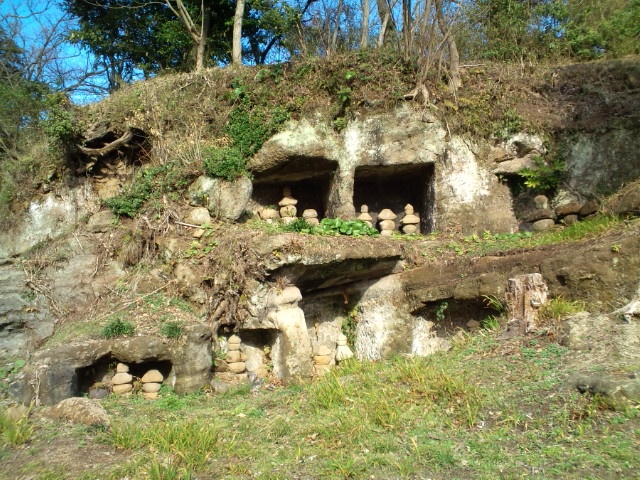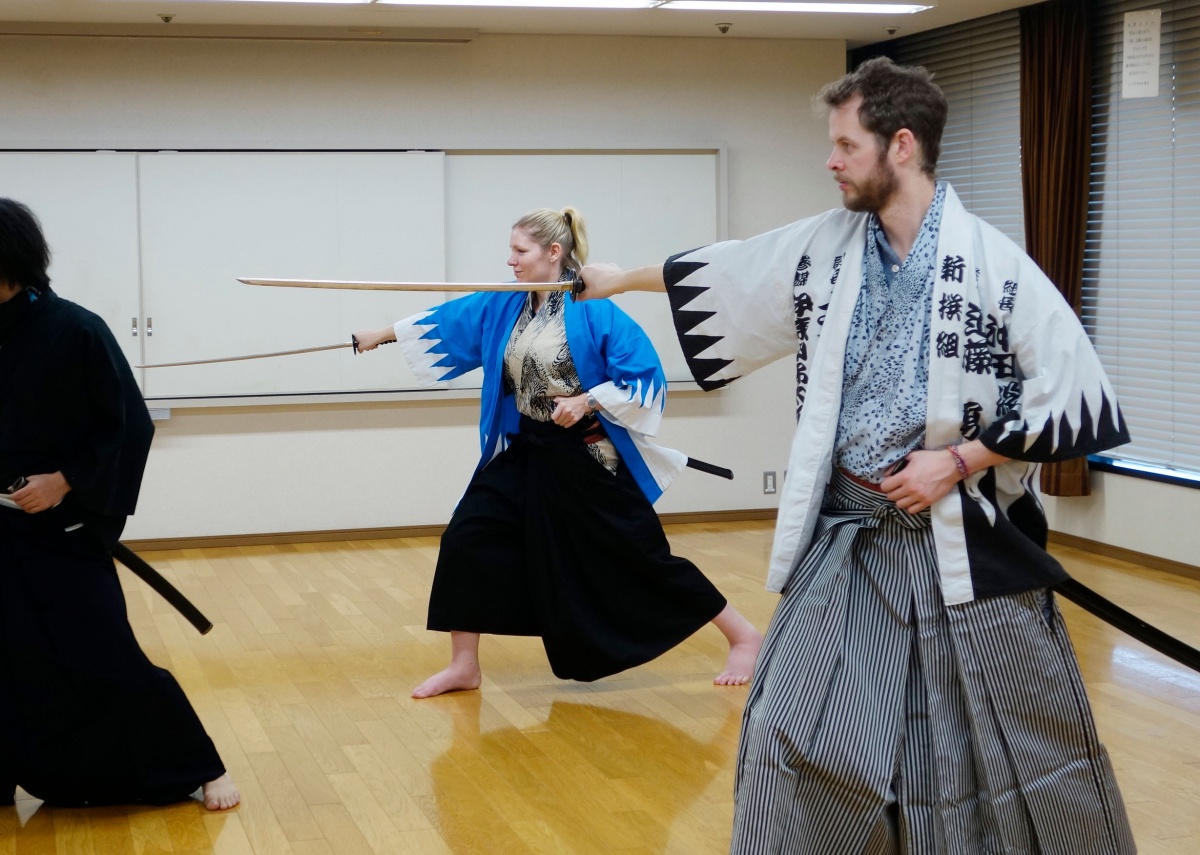7 Samurai Spots in Tokyo & Surrounding Areas
If our week of samurai articles has rekindled your samurai dreams, now's the time to go out experience the days of bushido with your own eyes! And you don't even have to go far from Tokyo to do so!
By Diletta FabianiNear Tokyo
The following spots, while not located in central Tokyo, can be easily reached for a day-trip out of the bustling metropolis!
6: Samurai Tombs in Koedo-Kawagoe
https://www.youtube.com/watch?v=AV_18Wuyahk
Located half an hour away from Tokyo in Saitama Prefecture, Koedo-Kawagoe (also known as "Little Edo") is a small town, parts of which are preserved as it was in the Edo Period (1603-1868). While the city offers a lot of spots to visit, there are some places that those interested in samurai cannot miss.
One is the tomb of Iwata Hikosuke. To understand his story we have to look back to 1703 and 1707, when two large earthquakes occurred in Edo, killing several thousand people. In 1704, a feudal lord called Akimoto Takatomo had been assigned to rule Kawagoe; however, due to the emergency state in Edo and to the fact that he was also the chief assistant to the Shogun, he had to stay in the capital and delegate the effective power over Kawagoe to samurai Iwata Hikosuke. Famous for his intelligence, he had to deal with a Kawagoe region that had been impoverished by poor harvests and flooding. He managed to restore the domain's finances by planting sweet potatoes on reclaimed land and by inviting various artisans or farmers to Kawagoe who were experts in their respective fields, such as silk weaving, and could bring their know-how to Kawagoe. The Kawagoe Imo (sweet potato) and the "Kawagoe Hira" style of silk weaving are still very famous to this day, and Iwata is now buried in the Yojuin Buddhist Temple in Kawagoe.
Kawagoe also hosts the tomb of samurai Okado "Dempachiro" Shigetomo, who lived between the 17th and 18th centuries. Okado was superintendent of the Edo Castle and, as such, he got involved in the 47 ronin incident (above). He tried to intercede in favor of Asano; however, he wasn't successful.
The Kawagoe Library also holds a manuscript called Sentoroku, written by samurai Uchiike Mushaemon, which describes the samurai's experience in defending the Japanese coastline from two foreign ships which arrived in Japan in 1846, seeking to open up trade with the country. This document is quite unique, as it is one of the few describing the interactions between foreigners and Japanese at that time.
To move around Kawagoe, you can use the retro-style Koedo Loop Bus. One-day passes are priced at ¥500 for adults and include discount coupons for several shops in the area. For more information, visit the area's website.
7. Samurai Tombs in Kamakura

https://ja.wikipedia.org/wiki/%E3%83%95%E3%82%A1%E3%82%A4%E3%83%AB:Mandaradou-yagura04.jpg#filelinks
While everyone has heard about Kamakura's Buddha statue, not everyone knows about the tombs hidden in the hills called Mandarado Yagura. The path to reach the hills starts in Kotsubo, between Kamakura and Zushi, near the Nagoekiri-Doshi Pass. The Kamakura area is famous for its mountain passes (called kiridoshi), which were used in the past to control the flow of people and secure the area from intruders and enemies.
Yagura caves are burial caves found all over Japan where the remains of samurai, Buddhist monks and sometimes merchants are entombed. The Kamakura site is one of the largest in Japan, including more than 160 caves dating back to the 15th century. The site was re-opened to the public in 2014 and can be visited with the help of local volunteer guides on specific dates (usually Saturdays, Sundays and Mondays in spring and fall).
Kamakura can be easily reached from Tokyo on a one-hour train ride. Kotsubo can be reached by bus from Kamakura or Zushi in around 15 minutes, or by cab around the same amount of time. You can also walk there from Kamakura. From the Midorigaoka Iriguchi bus stop, you should be able to see a tunnel and a nearby set of stairs that'll lead you to one of the main mountain trails from which you can reach the Mandarado Yagura. While the passes require sturdy shoes, as they can become slippery, they can be tackled by the average person without much difficulty.
Bonus: Samurai Training Experience in Asakusa

http://www.hisgo.com/j1/Contents/OptionalTour/DetailOptionalTour.aspx?lang=en&TourCd=TYO0334
While the following is not a samurai spot per se, it's still a samurai-related experience that has the power to instantly carry your heart back to the past! If you've ever wanted to become a samurai yourself, Tokyo Samurai offers a one-day samurai training experience for ¥8,000 (US$71) and ¥7,000 (US$62) for children. At the Asakusa location, you'll learn how to fight using a katana throughout the day while wearing a samurai outfit! Learn more about the experience here.




